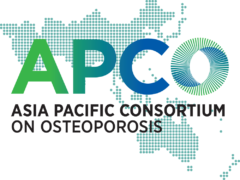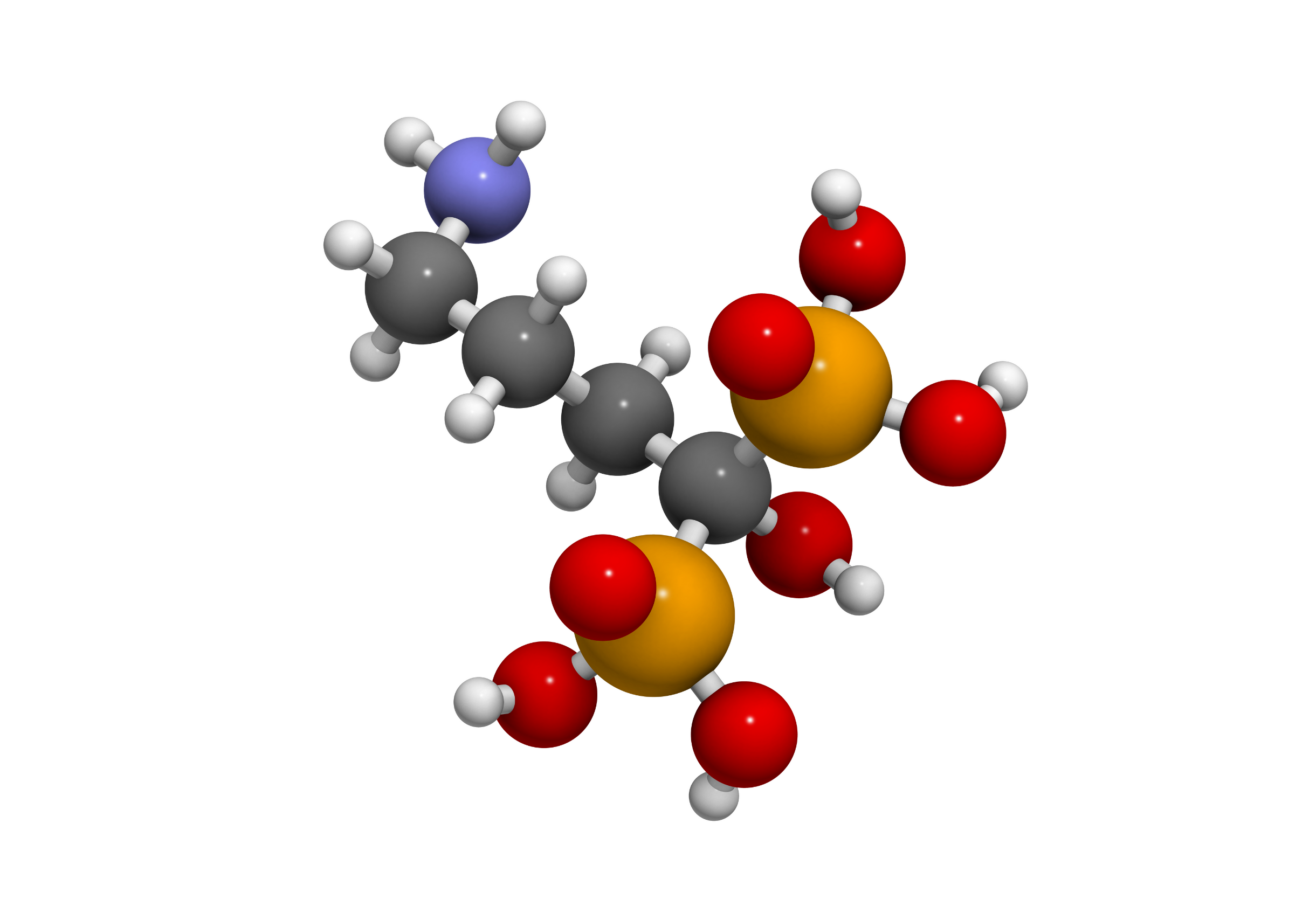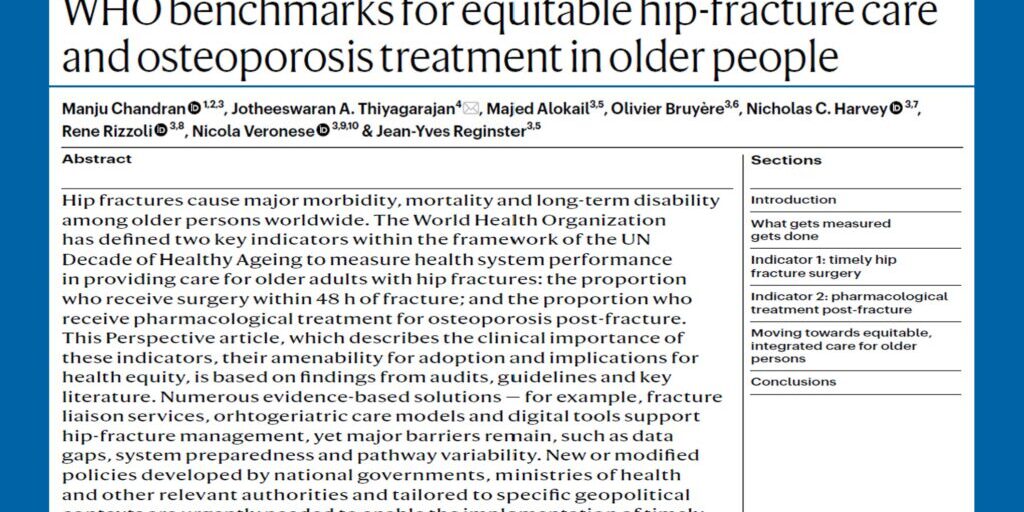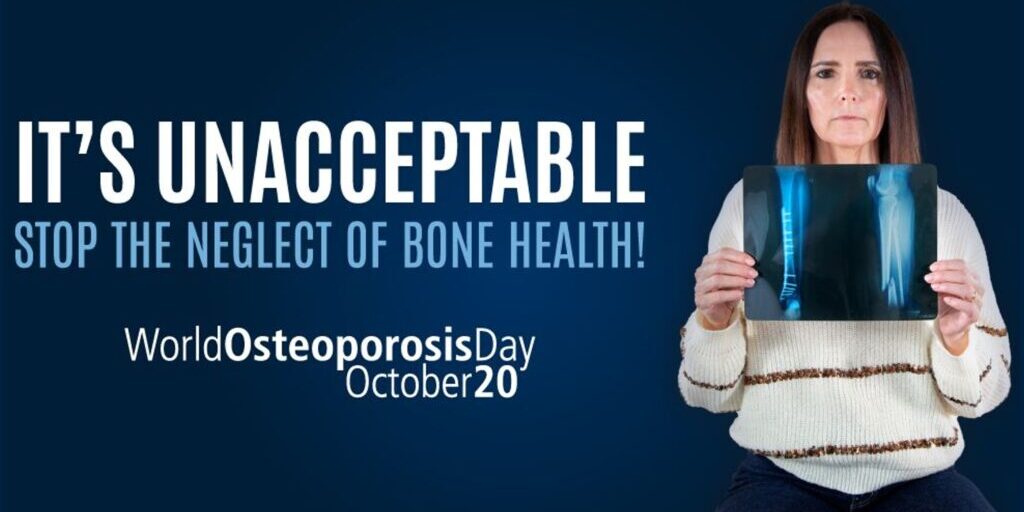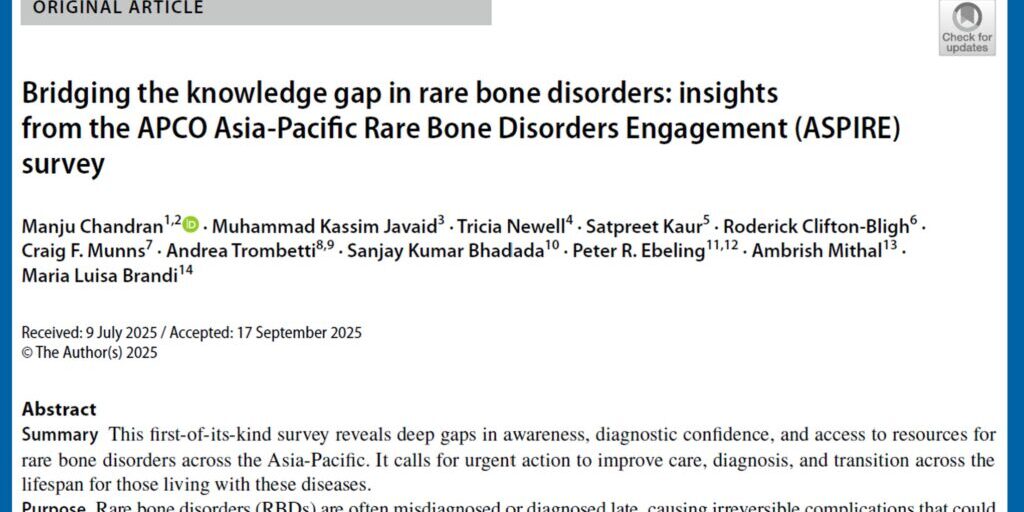Through millennia, alchemists and dreamers have striven to formulate the elixir of immortality and have failed – dramatically, ignominiously, and sometimes tragically. It is interesting to speculate whether bisphosphonates – agents that have been in clinical use for more than half a century, and in use for a quarter of that to inhibit bone resorption, to reduce osteoporotic fracture risk, and to reduce the skeletal complications of malignancy, such as hypercalcemia and fractures, might be a contender to be the elusive elixir of life. Almost certainly they are not, but there is no question that in recent years, there has been keen interest in the potential mortality risk reduction associated with these agents, and enough fodder exists for modern day Sendivogiuses to chew on.
The first suggestion of a potential association between bisphosphonates and mortality in patients with osteoporosis, came from the HORIZON-RFT trial in 2008, in which, in addition to its effect in reducing recurrent fractures, Zoledronic acid, an intravenous bisphosphonate formulation, was associated with a 28 per cent statistically significant mortality risk reduction in the more than 2,000 people studied. This reduction in mortality was presumed secondary in some way to the immune and cardiovascular effects of bisphosphonates, since only 8 per cent of the decrease in mortality could be attributed to fracture reduction.
More recent evidence from a study conducted in New Zealand amongst women with osteopenia appears to corroborate this finding, with a 35 per cent survival benefit with these agents – the significance here was only borderline however. Two large meta-analysis separated by a span of 9 years viz, 2010 and 2019, and differing in the type of agents used – the former exploring mostly bisphosphonates and the latter evaluating almost all anti-osteoporosis agents, produced divergent results, with an 11 per cent pooled decrease in mortality in the first, whilst the second did not show an overall mortality risk reduction. In addition to these randomised controlled trials and meta-analyses, several observational studies have also shown mortality risk reduction with bisphosphonate treatment in patients with fractures, notably hip and vertebral. However, being observational, these studies are limited by biases, including immortal time, healthy user, healthy adherer, and unmeasured variable bias. How bisphosphonates in the setting of osteoporosis and broken bones may reduce death risk, is not clear. There is also some data regarding mortality risk reduction, with bisphosphonates in cancer, as well as in critical care settings. In the breast cancer setting, the AZURE trial showed a reduction in mortality with Zoledronic acid, specifically in post-menopausal women, though no effect was seen on overall disease survival. This survival benefit has been noted with the use of Zoledronic acid in Multiple Myeloma also (ref, ref). Just as with osteoporosis, the mechanistic ways by which bisphosphonates may reduce mortality risk in these situations is unclear, though several postulations, such as causation of tumour cell death, immunomodulation, and inhibition of tumour cell proliferation, have been raised.
So, to summarise, overall, existing evidence raises the intriguing possibility, but does not provide absolute confirmation (and it is unlikely that it ever will), that bisphosphonate use could confer a mortality benefit in humans. If these agents that have revolutionised osteoporosis care are proven to have effects on mortality, irrespective of whether that effect is due to fracture reduction or not, their primary effect on reducing fractures, and thereby improving quality of life, could provide value to the increased number of years added to the human life span. Several questions remain, including whether the effects of bisphosphonates on mortality are dependent on who they are given to, whether it is dependent on the type of bisphosphonates, and how exactly they might reduce death risk. Till these questions are answered, the quest for the elixir of immortality – “Amrita”, or the “Philosopher’s Stone”, or whatever it has been referred to over the ages, continues.
Dr Manju Chandran, Chairperson, Asia Pacific Consortium on Osteoporosis (APCO).
